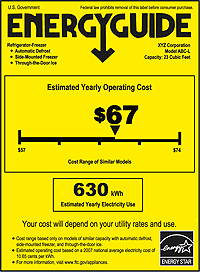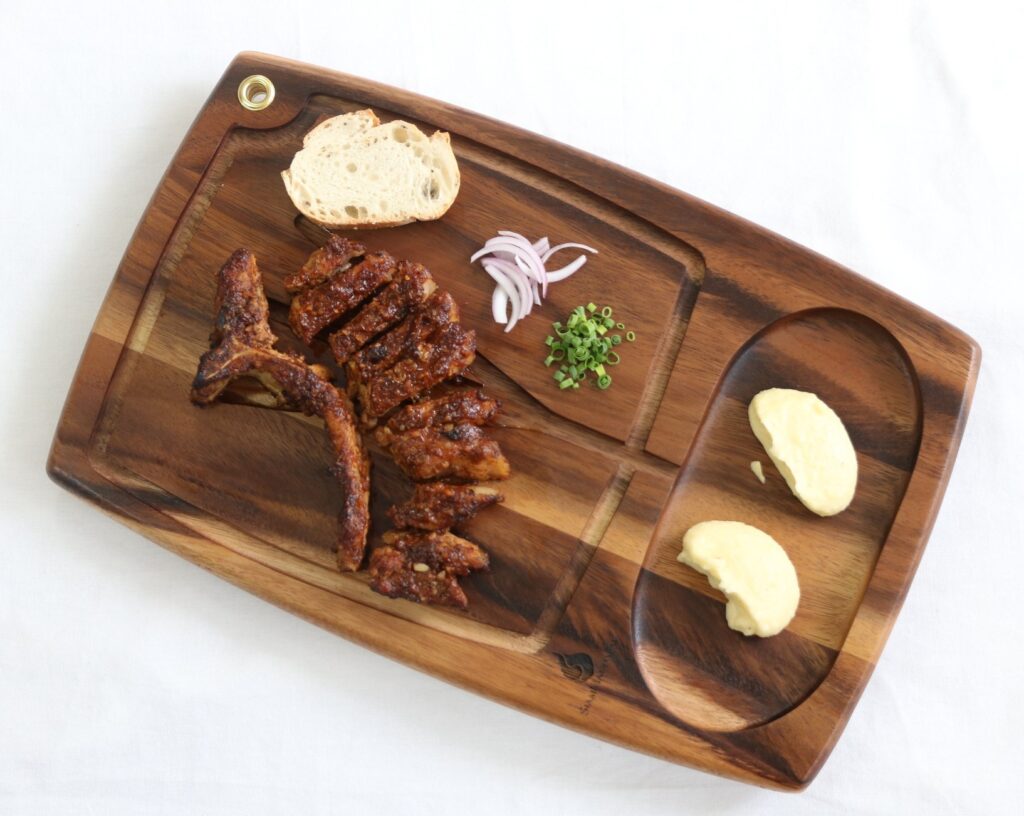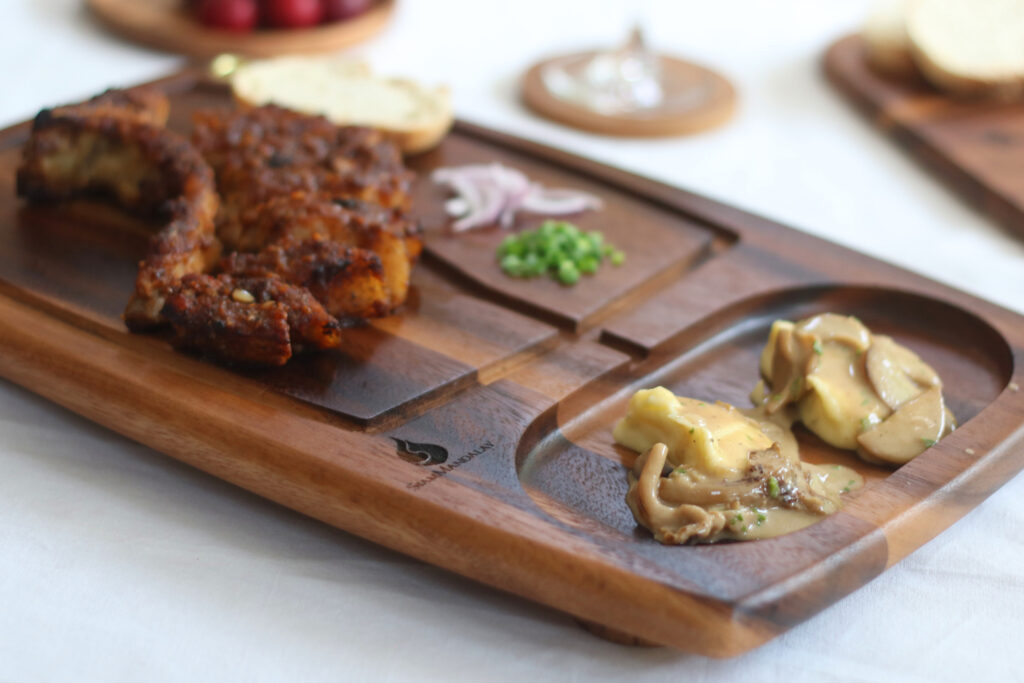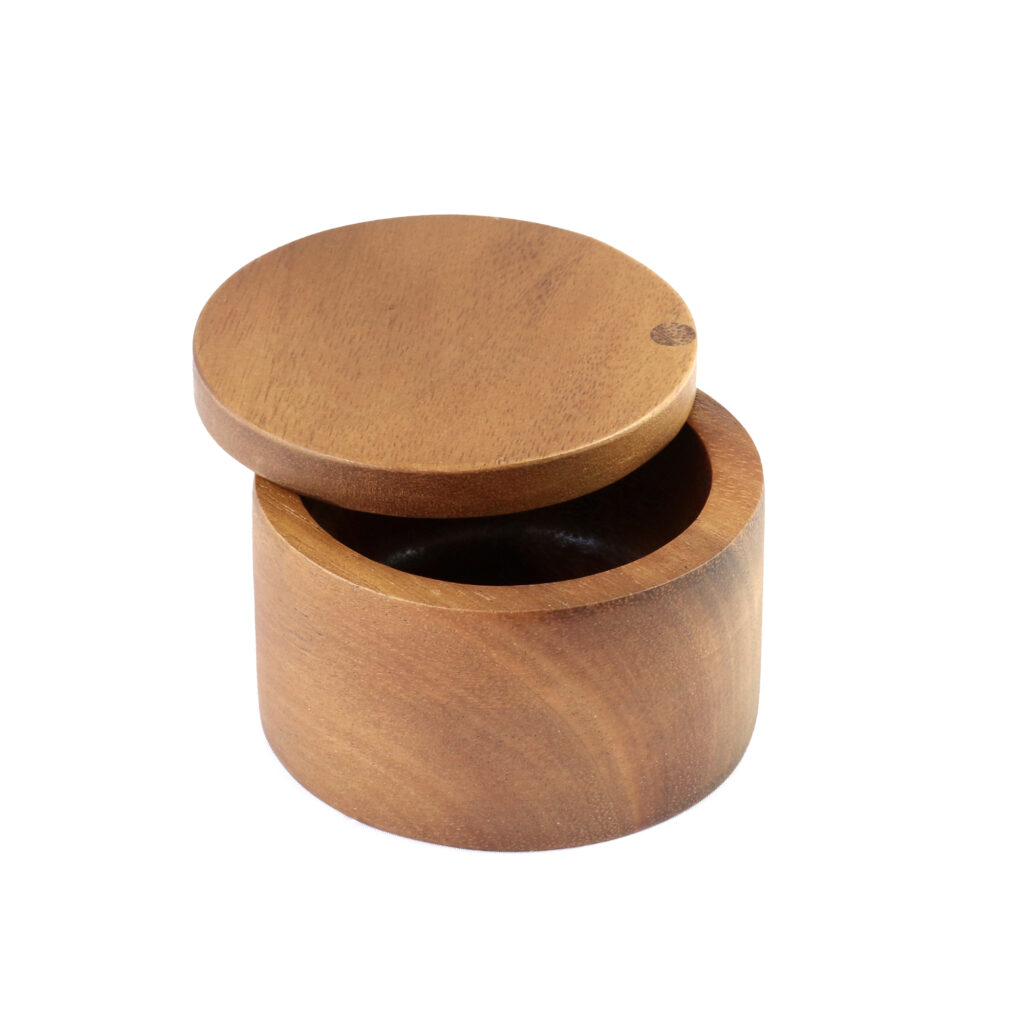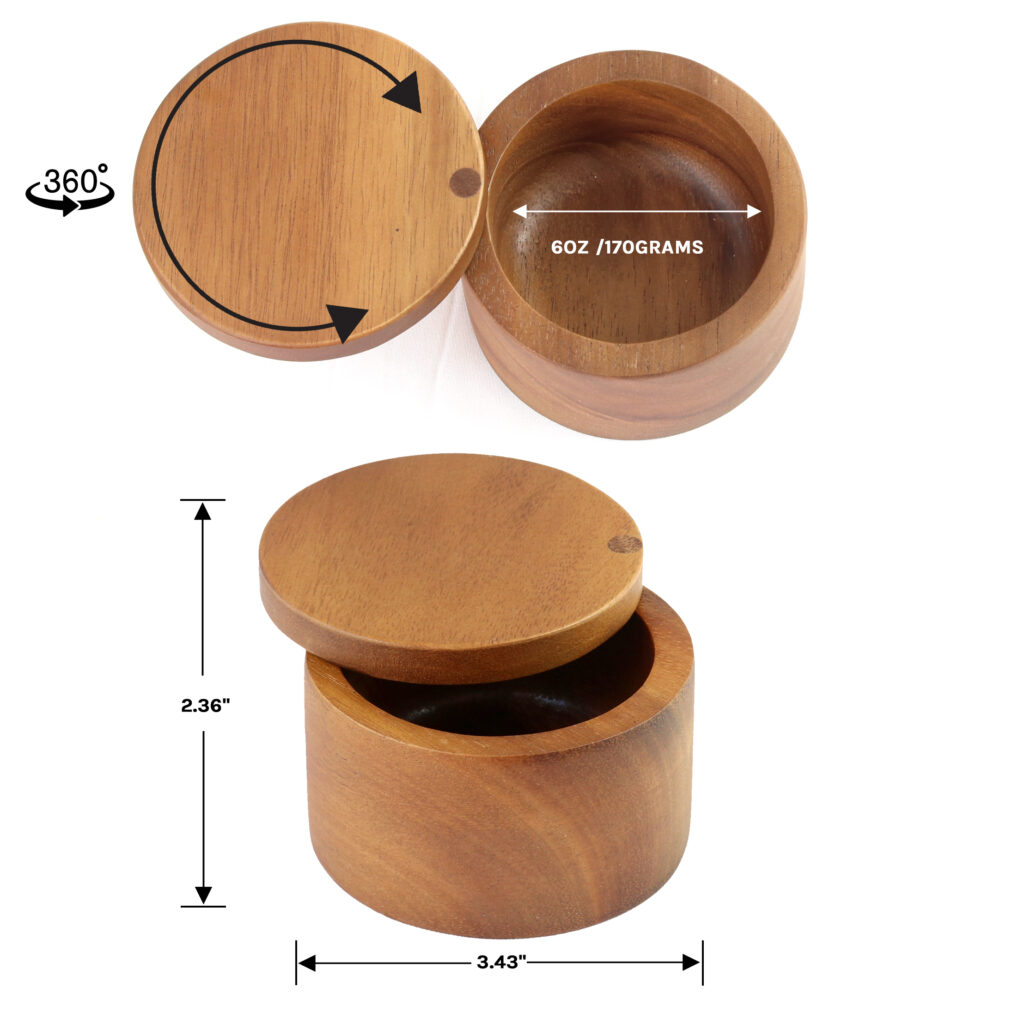
Time spent cooking in the kitchen, can be fun, stressful, and rewarding. In the present day, we also know now that everything we do in the kitchen (like everywhere else) comes at some cost to the environment. Of course, avoiding cooking altogether is not an option, and since sustainability looks different for everybody, we want to offer some quick and easy changes every home cook can make to lessen their ecological footprint. For this list we will gradually move from the easiest environmentally conscious changes you can make, to the biggest and most involved. See where you fall and what changes tips/changes work for you.
How to create a more eco-friendly kitchen
1. Cover Water While Bringing it to a Boil
Sounds easy right? Well this quick and easy fix not only helps reduce energy usage, helping the environment and lowering your energy bill, but it even makes the water boil faster! Covering your boiling water allows the pot to retain heat that would otherwise escape by rising, conserving heat, and therefore energy, money, and the planet.
2. Turn off the Water While Scrubbing Dishes
When handwashing your dishes, conserve water by turning the faucet off during scrubbing. Once a little water has been introduced and the soap has been applied, there is no need to leave the water running, simply switch the water off while scrubbing and then back on to rinse.
Another way to conserve water while doing the dishes is by using the dishwasher. Dishwashers are almost always more water-efficient than handwashing, making it a super easy way to save water, and make your life easier. When possible, put your dishwasher to use and fill it as much as possible to get the most out of every cycle.
3. Replace Plastic Wrap with Beeswax Wrap
With little to no drawbacks, beeswax wrap is versatile enough to handle any application you were previously using plastic wrap for. Beeswax wrap is just as effective at keeping your food fresh, while also avoiding the environmental nightmare that comes with plastic production and disposal.
Beeswax wrap is typically made by combining food-safe beeswax with some kind of resin or oil, and melting it onto a fabric. Making a reusable, and more effective alternative to disposable saran wrap.
4. Switch to Wooden Cutting Boards
Wooden cutting boards are a much more eco-friendly alternative to their plastic counterparts. A not insignificant reason for this is that wooden cutting boards, especially quality ones, offer longevity that plastic boards cannot. Continuously replacing plastic cutting board will not only increase your plastic waste, but cost you money in the long run! Instead, opt for a quality wooden cutting board like our Gourmet Steak Board that will last.
Wood kitchen products in general also offer a greener option compared to plastic due to the production methods used to manufacture them. Plastic production is extremely harmful for the environment, whereas wood kitchenware has the potential to be farmed and manufactured sustainably like at SiamMandalay. Where we use fast growing Thai acacia wood for all our kitchenware. For more information on why wooden kitchenware is superior to plastics and metals, check out our previous blog post here.
5. Get More Use out of Your Crock Pot and Pressure Cooker
Both crock pots and pressure cookers are great energy efficient options for getting your food up to temperature. Although it requires a little planning, utilizing your slow cooker saves loads on energy thanks to its robust insulation. Allowing it to maintain its temperature for hours while slowly cooking and bringing all the flavors out of your food.
Pressure cookers offer similar benefits; however they also excel in preparing your food faster than lots of other methods. Its air-tight, sealed environment prevents heat from escaping, allowing the food to cook faster by maintaining the high pressure. Offering another delicious alternative to other more energy-intensive cooking methods.
6. Buy in Bulk
Buying in bulk helps reduce the amount of packaging used up by your kitchen. Purchasing your food in larger quantities means less waste and less plastic, and the best part is how incredibly easy it is to do! Try buying your dish soap in bulk and refilling the dispensers you already have. Or even buy seasonings like salt by the pound and use it with convenient wooden salt/spice boxes. Cleaning out and reusing containers from previously purchased spices and seasonings is another great way to reuse packaging and avoid waste.
7. Trade in Your Old Non-Stick Pots and Pans for more Eco-Friendly Alternatives
Products like Teflon and other non-stick pots or pans are often much lower in quality and made from harsher materials than the more sustainable options like ceramic, stainless steel, or cast iron. What’s more, non-stick cooking supplies often need to be replaced after extended use, whereas cast-iron improves with age, reducing waste and increasing flavor! The benefits of making this switch may extend beyond the environment as well, as switching away from non-stick products may offer some additional health benefits.
If you are intent on sticking with your Teflon products, use products like wooden tongs or a wooden spoon to avoid scratching the non-stick coating.
8. Try Composting
Composting is an excellent opportunity to reduce waste and make the most out of everything in your home. In case you haven’t noticed already, waste reduction is one of the pillars of individual environmentalism, and composting is one of the easiest and most effective ways to go about it. A compost bin is an excellent location for most of your food waste while also serving a useful purpose. Compost can be used for mulch in your yard or as additional soil for your garden or potted plants. If you don’t garden and have no use for your own compost, not to worry, someone else will! You can try offering it to a neighbor, or donating it to a school or community garden. One thing is for sure, your compost can’t go to waste.
9. Swap Out Your Old Appliances for New Energy Efficient Ones
The most costly and labor-intensive item on this list is also one of the most impactful. It’s a simple idea, switching to more energy efficient appliances, but it is not always easy to do in practice. Figures and labels can be misleading, and it is hard to know whether or not you are getting what you think you are. To help with this, while shopping, look for the Energy Star label. Energy Star products always exceed the federal minimum standards for energy efficiency, sometimes by a significant margin. Seek out products with the Energy Star label on them, if you can’t find it, look for the yellow EnergyGuide label which will outline everything you need to know about the usage of any appliance. For more information and assistance on how to read the yellow EnergyGuide label, check out this page from the U.S. Department of Energy.

